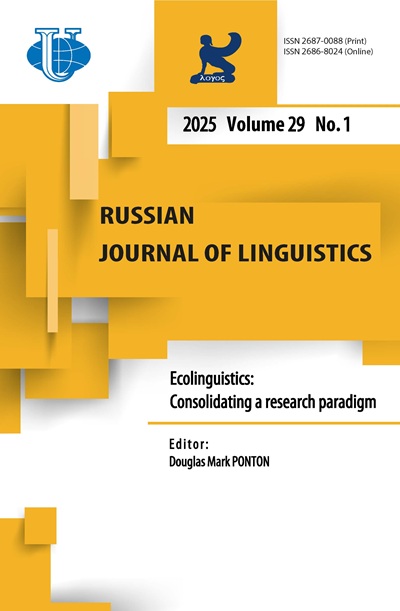Abstract
Schiffrin’s (1981) paper on handwork is an early attempt to come up with a description of the communicative significance of the quasi universal greeting and leave-taking ritual, the handshake. She follows Goffman (1971: 80) in viewing the gesture, on greeting, as an ‘access ritual’, increasing intimacy and thus, carrying rights and obligations for both parties. Her description aligns the modern day handshake with its roots in ancient Greece, with the medieval ‘handclasp’ between a king and his knights, and associates it with such values as ‘mutual trust’, ‘solidarity’ and ‘friendliness’. As a form of non-verbal communication the handshake must concern researchers of politeness phenomena, as well as being of general sociological (and socio-linguistic) interest. This study proposes to add some data to Schiffrin’s theoretical considerations, and to add an intercultural dimension by means of a survey conducted online with Italian and British respondents. It is a commonplace of intercultural communication, in fact, that differences exist between contexts that can be broadly distinguished as British/Anglo-Saxon on the one hand, and Mediterranean/Latin on the other. Some of these differences are in the area of physical contact, and the business of shaking hands can therefore be a useful index for exploring such issues (Hall and Spencer Hall 1983: 249). Through analysing responses to the survey and the personal narratives provided this paper aims to add ballast to notions that are otherwise mere intercultural stereotypes, and to explore possible meanings attached in both social contexts to this most basic of human gestures.

















